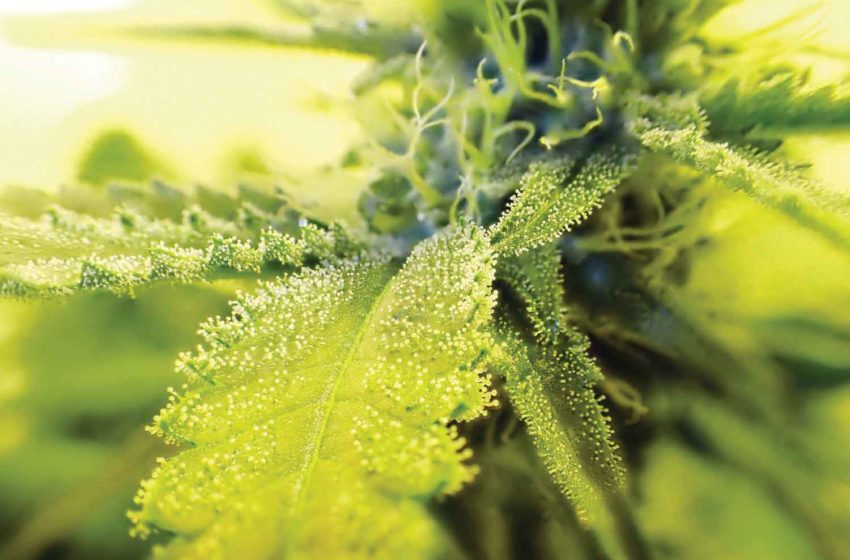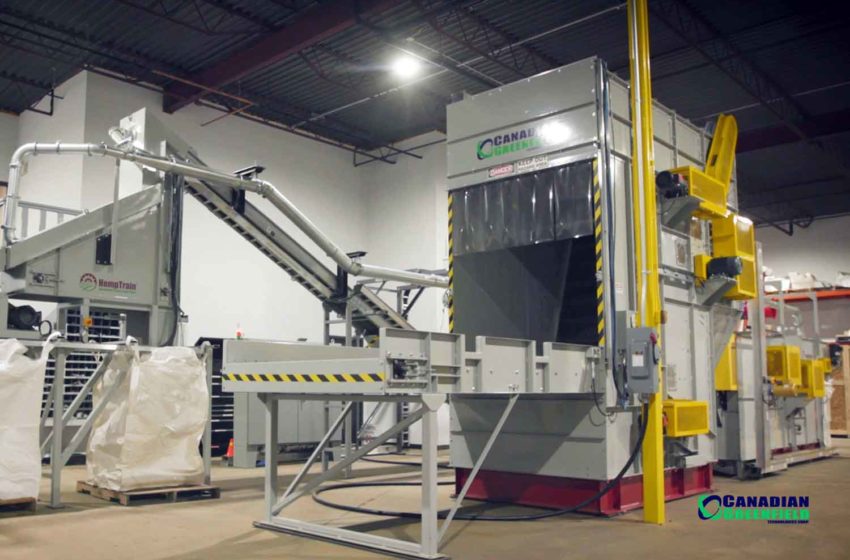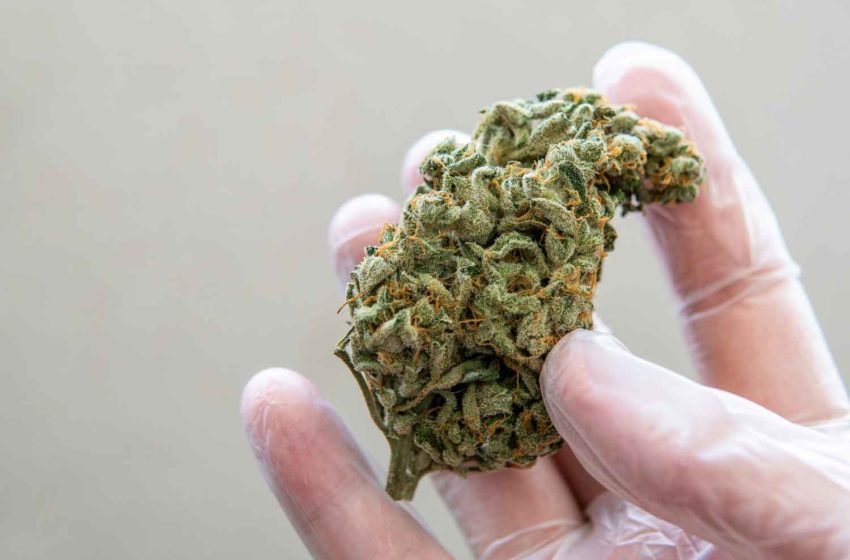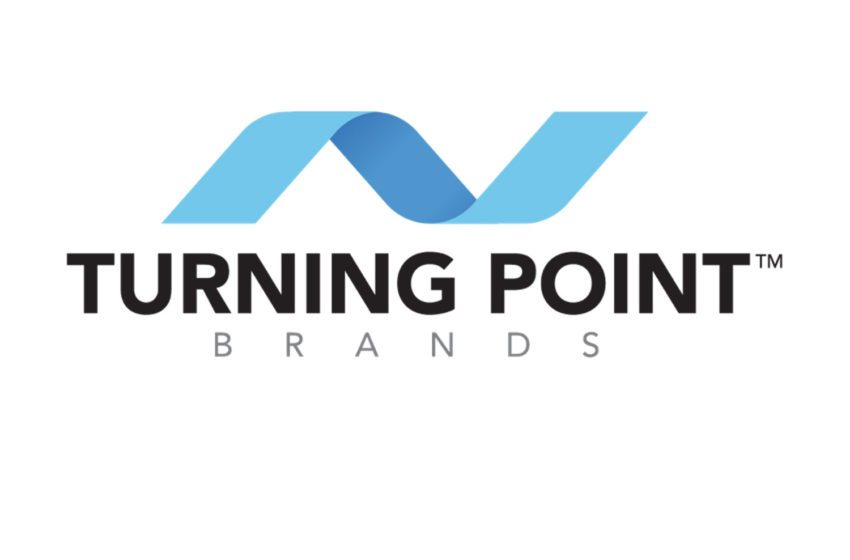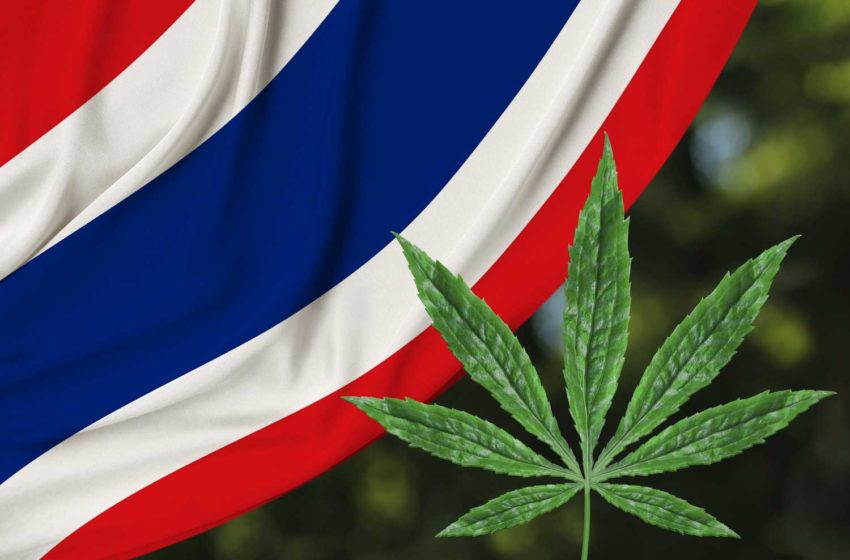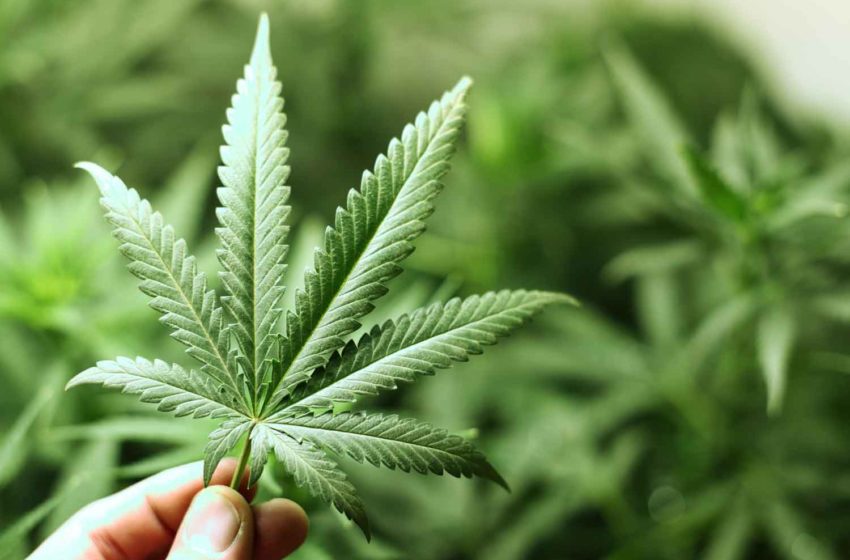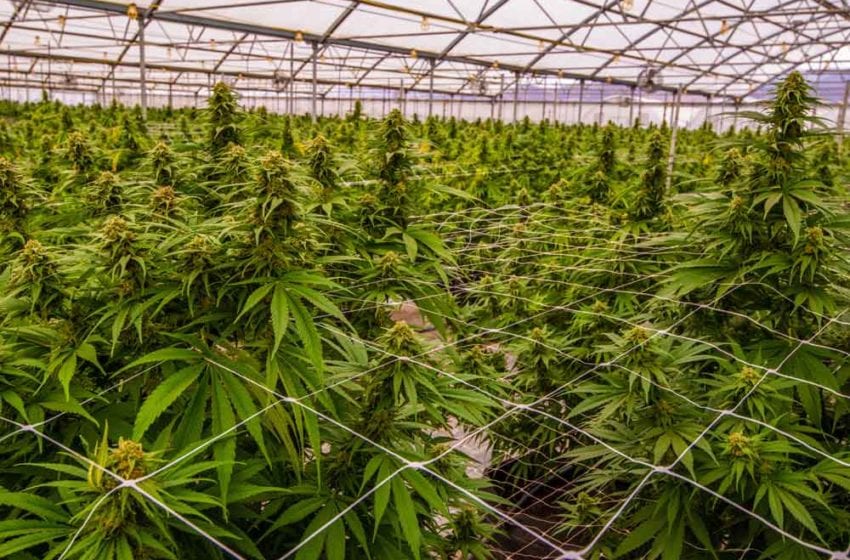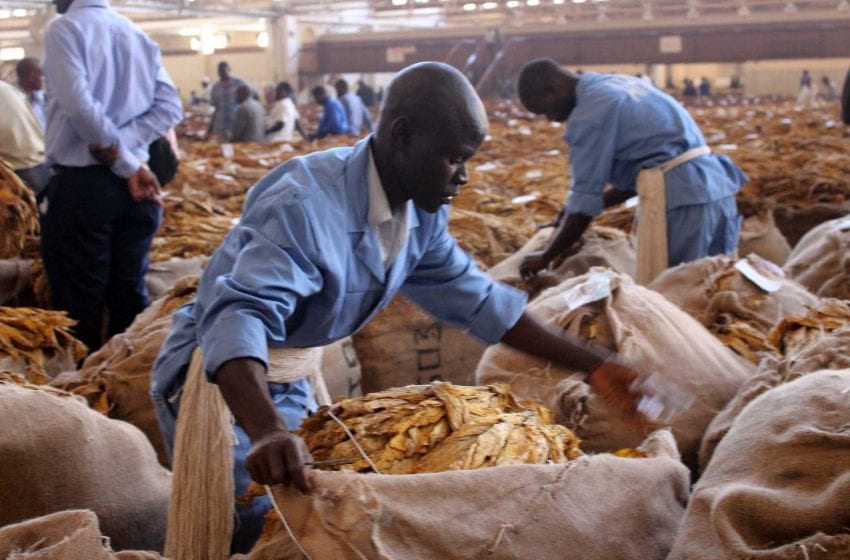Germany’s new government plans to legalize cannabis.Read More
Taco Tuinstra
February 1, 2022
The market for processing equipment is flourishing as more authorities legalize cannabis.Read More
Staff Writer
December 15, 2021
The deal will help advance R&D in the field. Read More
Staff Writer
December 6, 2021
The name change follows an increase of TPB’s equity stake in the company. Read More
Staff Writer
September 29, 2021
The project aims to increase tobacco farmers' incomes.Read More
Staff Writer
July 23, 2021
The investment will enable Old Pal to expand product offerings in existing markets.Read More
Staff Writer
July 14, 2021
The firm says it can now support each segment of its cannabinoid value chainRead More
Staff Writer
July 2, 2021
The company will provide a North American cultivation base.Read More
Staff Writer
June 8, 2021
New initiatives support the firm’s plans for multiple avenues of revenue.Read More
Staff Writer
May 13, 2021
The golden leaf is ‘in terminal decline’ as a foreign exchange earner, says Chakwera Read More
Recent Posts
- Brazil Volume Down, Earnings Up
- Vaping Tied to Reduced Smoking Prevalence
- FDA Almost Done Reviewing Mass Market Products: Report
- Russia: Share of Smokers Halved
- Azerbaijan Hikes Tobacco Taxes
- BAT Reports Results
- Kutsaga Releases Climate Resilient Seeds
- Tracking Legislation Advances in Philippines
- BAT Pays Fine in Nigeria
- Regulator Proposes Retail Licensing
- KT&G Volunteers Help With Harvest
- IQOS’ U.S. Launch Postponed
- Zimbabwean Cigarette Exports up by Half
- Smoke-free Product Sales Boost PMI Income
- Air Global Launches R&D Facility in Dubai
